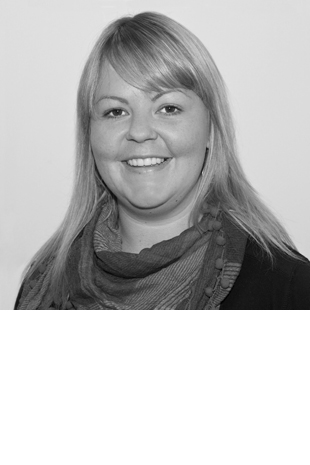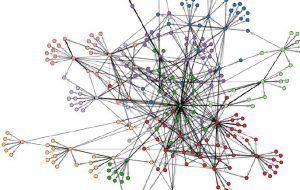What’s next for the #ShiftThePower movement?
03 Oct 2022
This is the fourth and final instalment in a four-part series exploring the #ShiftThePower network map. Follow along with the conversation, and see here what was discussed in part 1 (Making the invisible visible: #ShiftThePower, mapping and meaning), part 2 (Representation in the #ShiftThePower movement) and part 3 (Collaboration in the #ShiftThePower movement)!
Over the past three years, participants in the #ShiftThePower movement have created a vibrant, living and evolving network map of our community on the Pando platform made up of more than 500 organizations and nearly 1,000 relationships. Originally created to understand representation within the #ShiftThePower community and to strengthen cross-border collaboration, the network map has become a powerful movement building tool to hold ourselves accountable and enable us to reflect on our shared goals, challenges, and achievements. Throughout this four-part blog series Root Change and the GFCF take a look at what types of organizations make up the #ShiftThePower community, how they’re working together, and opportunities to strengthen the movement. In our final post, we’ll highlight our key takeaways from this conversation and make recommendations for where to go from here.
1. Work to ensure greater representation, leadership and voice from Southern actors in the movement.
Through the map itself and our conversations exploring it, it’s clear that 1) active Southern participation and leadership in the #ShiftThePower movement will be essential to its success and 2) if the map is one of the ways to help visualize that emergence, then its value – to all those that map – needs to be emphasized more strongly. This is not data collection for “someone else”, it is relationship mapping for the whole movement.
One way to do this could include fostering national level conversations about #ShiftThePower – and movement-building more generally – among key partners who share core values and aspirations and, by doing so, strengthen connections among groups that feel an affinity. Over time, one could then start to connect those actors with others in the larger movement and demonstrate its value as a practical tool for movement building. The #ShiftThePower Fellows programme, which was launched earlier in 2022, is one way that the GFCF and Root Change have sought to strengthen the weave between individual leaders and practitioners as champions and members of the larger the movement.
2. Engage with connectors and leaders in the movement to strengthen their roles.
Within the network map, we see numerous key brokers (organizations that sit between central actors and the periphery) and resource hubs (organizations that have been nominated by their peers as a leader in certain collaboration areas). Engaging these leaders and connectors to ensure that they understand where they sit within the community and the crucial role they play in bringing others into the movement and strengthening collaboration could be one approach. This is particularly important in less active collaboration areas such as “Reimaging Southern Civil Society.” By taking this step, we have an opportunity to foster connections with the periphery and create an even more distributed network.
3. Weave across collaboration areas.
Right now, we see evidence that members of the movement are siloed, whether the product of programming and financial constraints or existing mental models. However, we need to start thinking in terms of systems, rather than areas of expertise to understand how our work intersects and avoid replicating patterns that exist elsewhere in the sector. One way to do this might be to ensure that we’re always bringing together at least two issues at a time: “Community Philanthropy” and “Shrinking Civic Space”, for example, or “Funding Practices to Shift Power” and “Evidence for Change”, and so on. From a funding perspective, this would also mean funders investing in systems and collaborations rather than just single organizations.
4. Invest in less active collaboration areas.
Some of the least active collaboration areas on the map have tremendous value for the movement. For example, “Self-Care and Solidarity” enables us to care for ourselves, particularly during such a period of global upheaval, and enables us to more effectively care for other people and bring dignity into our work. “Reimaging Southern Civil Society”, on the other hand, provides a space to consider how to structure organizations and systems in service of people and communities rather than simply replicating structures from the Global North. There is a huge opportunity to invest in movement-wide conversations on these topics, provide support to emerging leaders, and foster connections within these emerging spaces.
5. Be generous with our connections and our knowledge.
As we mentioned at the beginning of this series, the #ShiftThePower map has become an important movement building tool. Use it to understand where you sit within this community, identify partners to collaborate with, and most importantly, to generously share your knowledge and connections with others. We have the power to change what our map, and ultimately our movement, looks like by contributing important information about our organizations and relationships.
Interested in understanding more about the #ShiftThePower network map? We encourage you to login to Pando and use the filters to make sense of the map for yourself. Are there opportunities that we missed for improved collaboration? Are there areas that we need to probe further? Do you see organizations that you would like to connect with to advance your work in the movement? Are you interested in participating in the map but don’t have a login? If so, reach out to info@mypando.org or info@globalfundcf.org.


